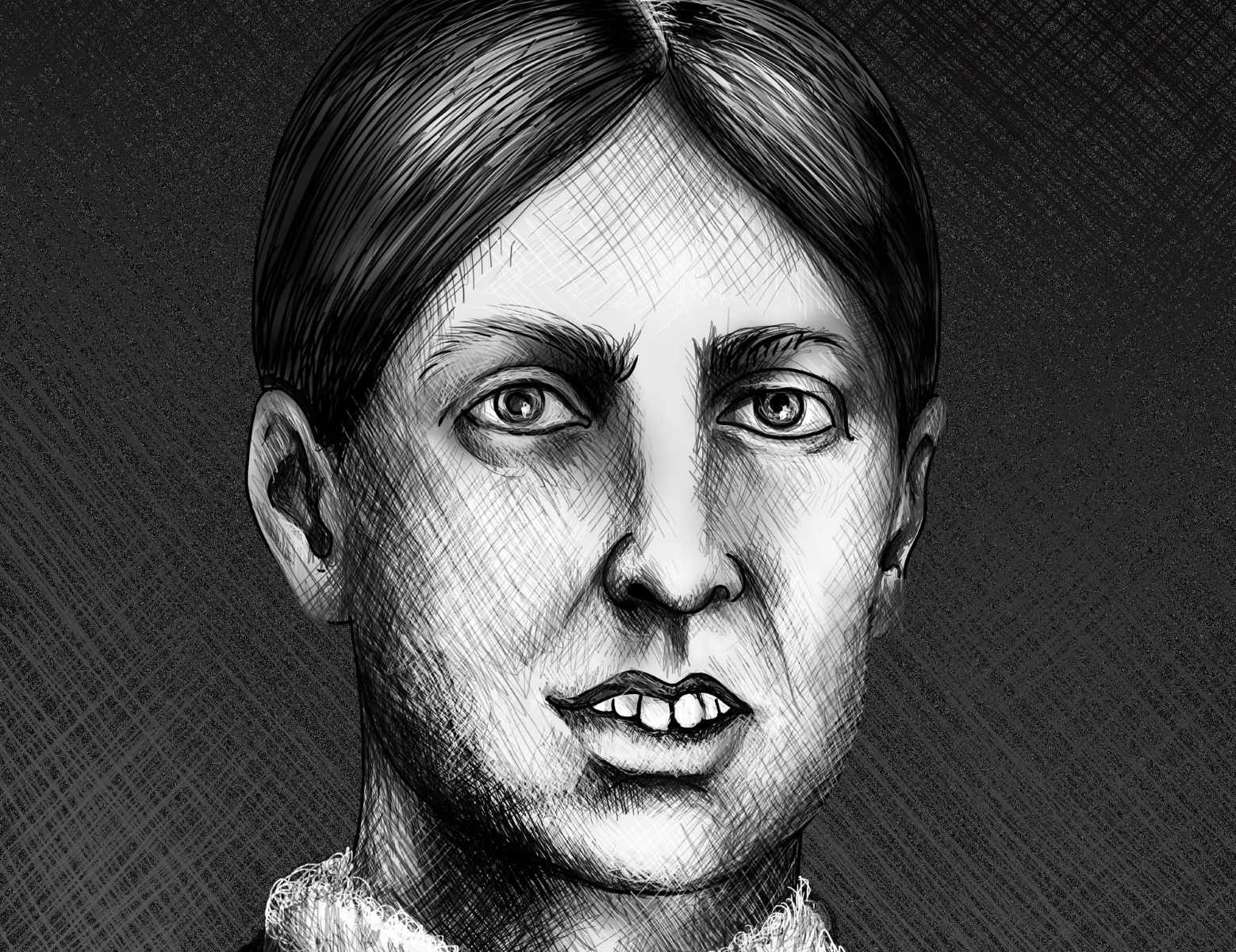
Who was Mary Pearcey? Mary Pearcey, a name that sends shivers down the spine, was a notorious figure in late 19th-century London. Born Mary Eleanor Wheeler, she became infamous for her involvement in one of the most gruesome murder cases of her time. In 1890, she was convicted of brutally killing her lover's wife, Phoebe Hogg, and her infant daughter. The crime scene was so horrific that it left even the most seasoned detectives baffled. Pearcey's trial captivated the public, leading to widespread media coverage and intense scrutiny. Her case remains a dark chapter in criminal history, often compared to the infamous Jack the Ripper murders. Mary Pearcey's story is a chilling reminder of how dark human nature can be.
Key Takeaways:
- Mary Pearcey was a notorious figure in Victorian London, convicted of a brutal double murder. Her story continues to captivate people, inspiring books, films, and true crime enthusiasts.
- Despite her troubled past and volatile temper, Mary Pearcey's crimes and execution have left a lasting impact on popular culture, sparking theories and speculations that continue to intrigue people today.
Who Was Mary Pearcey?
Mary Pearcey was a notorious figure in the late 19th century. Her life and crimes have fascinated people for over a century. Here are some intriguing facts about her.
-
Born in 1866, Mary Pearcey lived in Victorian London, a time of great social change and industrial progress.
-
She was born Mary Eleanor Wheeler but later took the surname Pearcey from a lover.
-
Mary Pearcey was convicted of the brutal murder of her lover's wife, Phoebe Hogg, and Phoebe's infant daughter, Tiggy.
-
The crime took place on October 24, 1890, in North London.
-
Pearcey was known for her striking appearance, often described as attractive and charismatic.
The Crime Scene
The details of the crime scene were shocking and gruesome, capturing the public's imagination.
-
Phoebe Hogg's body was found in a street in Hampstead, wrapped in a blood-soaked blanket.
-
Tiggy Hogg's body was discovered in a separate location, thrown into a hedge.
-
Bloodstains and signs of a struggle were found in Pearcey's home, linking her to the crime.
-
A blood-stained pram, used to transport the bodies, was also found near Pearcey's residence.
-
The murder weapon was believed to be a knife, though it was never found.
The Trial and Conviction
Mary Pearcey's trial was a sensational event, drawing large crowds and extensive media coverage.
-
The trial began on December 1, 1890, at the Old Bailey in London.
-
Pearcey pleaded not guilty, maintaining her innocence throughout the proceedings.
-
The prosecution presented strong circumstantial evidence, including bloodstains and witness testimonies.
-
Pearcey's defense argued that the evidence was purely circumstantial and did not conclusively prove her guilt.
-
Despite her defense's efforts, Pearcey was found guilty of both murders on December 19, 1890.
Execution and Aftermath
Mary Pearcey's execution marked the end of a dramatic and tragic story, but her legacy lived on.
-
She was sentenced to death by hanging, a common punishment for murder at the time.
-
Pearcey was executed on December 23, 1890, at Newgate Prison.
-
Her execution was one of the last public hangings in England, drawing a large crowd.
-
Pearcey's calm demeanor during her execution surprised many, as she showed no signs of fear or remorse.
-
After her death, rumors and theories about her motives and possible accomplices continued to circulate.
Theories and Speculations
Over the years, various theories and speculations have emerged about Mary Pearcey and her crimes.
-
Some believe that Pearcey was suffering from a mental illness, which drove her to commit the murders.
-
Others speculate that she was involved in a love triangle and killed out of jealousy.
-
There are theories that Pearcey had an accomplice who helped her carry out the murders.
-
Some suggest that Pearcey was a victim of a miscarriage of justice and was wrongfully convicted.
-
The case has been compared to the infamous Jack the Ripper murders, leading some to speculate a connection.
Cultural Impact
Mary Pearcey's story has left a lasting impact on popular culture and continues to intrigue people today.
-
The case inspired several books, plays, and films, keeping her story alive in popular culture.
-
Pearcey's life and crimes have been the subject of numerous true crime documentaries and TV shows.
-
The case is often cited in discussions about Victorian-era crime and justice.
-
Pearcey's story has been referenced in various works of fiction, including novels and short stories.
-
The case remains a popular topic for true crime enthusiasts and historians.
Lesser-Known Facts
Here are some lesser-known facts about Mary Pearcey that add more depth to her story.
-
Pearcey was known to have a volatile temper and a history of violent behavior.
-
She had a troubled childhood, marked by poverty and instability.
-
Pearcey was reportedly involved in several other criminal activities before the murders.
-
She was known to have a fascination with death and the macabre.
-
Pearcey's case was one of the first to use forensic evidence, such as bloodstains, in the investigation.
-
Her execution was witnessed by several notable figures of the time, including journalists and politicians.
-
Pearcey's story has been used as a cautionary tale about the dangers of jealousy and obsession.
Final Thoughts on Mary Pearcey
Mary Pearcey's story is a chilling reminder of how dark human nature can be. Her life, filled with mystery and crime, continues to captivate true crime enthusiasts. From her troubled relationships to the gruesome murders she committed, Pearcey's tale is both tragic and fascinating. Her execution marked the end of a notorious chapter in criminal history, yet questions about her motives and mental state linger. Whether driven by jealousy, madness, or something else entirely, Pearcey's actions left an indelible mark. As we reflect on her life, it's clear that understanding the complexities of such individuals can offer insights into the darker aspects of humanity. Her story serves as a cautionary tale, reminding us of the potential for evil that exists within us all.
Frequently Asked Questions
Was this page helpful?
Our commitment to delivering trustworthy and engaging content is at the heart of what we do. Each fact on our site is contributed by real users like you, bringing a wealth of diverse insights and information. To ensure the highest standards of accuracy and reliability, our dedicated editors meticulously review each submission. This process guarantees that the facts we share are not only fascinating but also credible. Trust in our commitment to quality and authenticity as you explore and learn with us.


